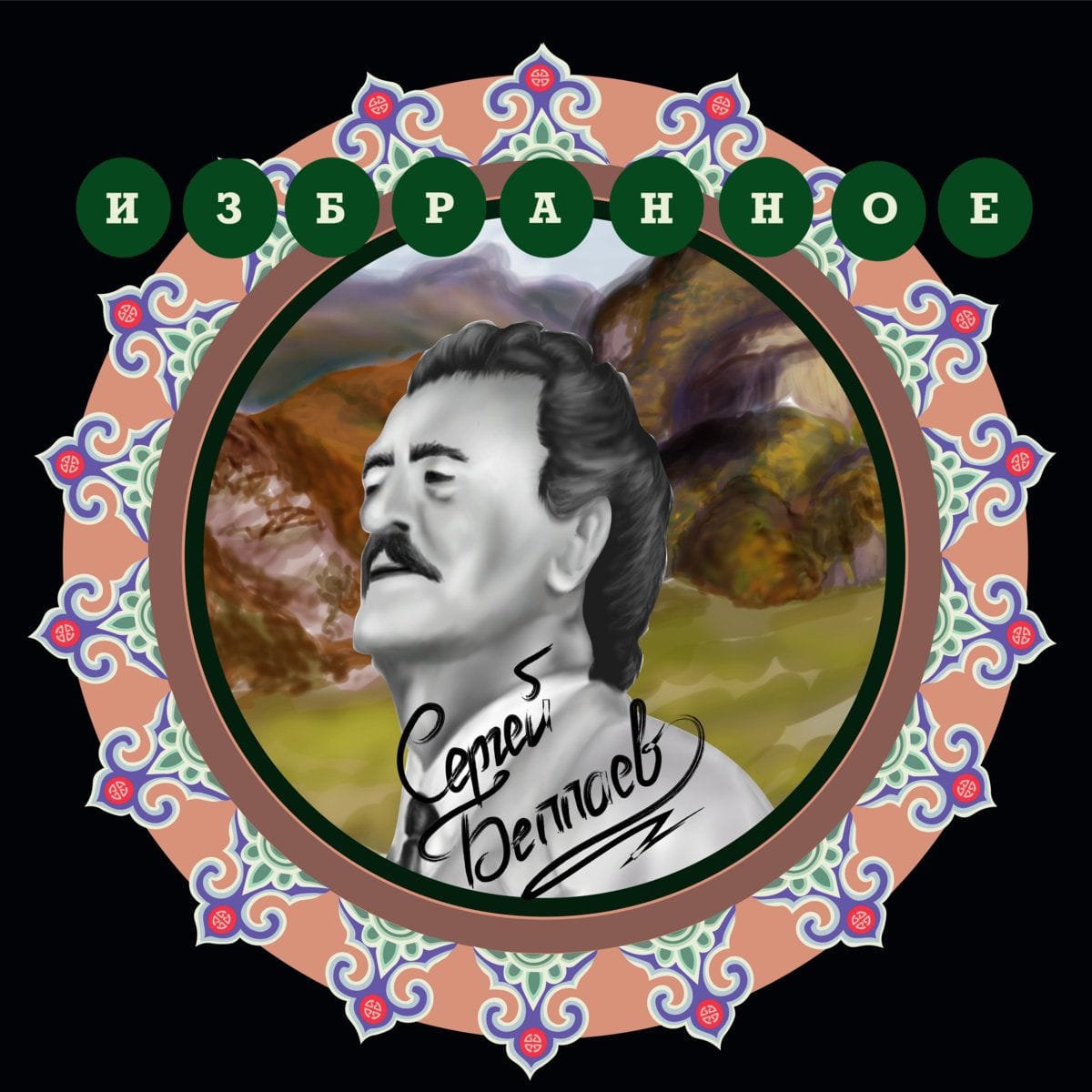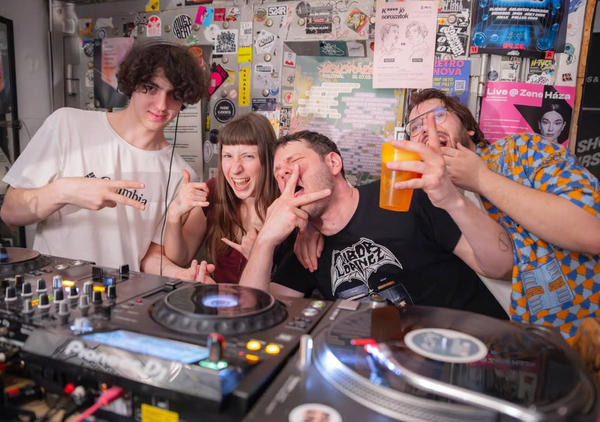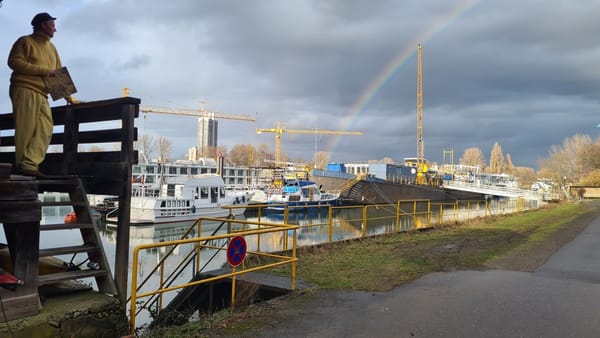Register for free to receive our newsletter, and upgrade if you want to support our work.
The North Caucasus is a blind spot for Western audiences outside the academy. It is a territory with many ethnic groups, languages and cultures. Since the late 19th century, after the Russian-Caucasian War, the region has been part of the Russian Empire, then the USSR, and today Russia. At the end of the 20th and the beginning of our century, Europeans heard about the North Caucasus “thanks” to the two wars in Chechnya. If we go deeper, we can learn about many other conflicts, repressions and deportations to which different peoples of the Caucasus were subjected. Some researchers compare the North Caucasus to the Balkans. Just as in the Balkan peninsula, besides oriental clichés and bloody clashes, many styles and genres of music are to be found here (often against all odds) – very often out of sight of the Western media.
Meanwhile, a new wave of traditional music inspired by experimental genres and metal is forming in the region right now. In the more pop-oriented segment, too, everything is saturated. Caucasian pop music and “hookah rap” are becoming increasingly popular (though mostly in the Russian-speaking sphere). These include Ossetian rappers Miyagi & Andy Panda, who play at the intersection of urban aesthetics and small-town philosophy, and Islam Itlyashev, a turbo folk chansonnier from Karachay-Cherkessia. With his orientalist image of a Caucasian hooligan, Itlyashev’s YouTube views are in the hundreds of millions.
While the Ossetian duo’s atmospheric and rhythmic hip-hop stands apart from Caucasian pop music, brutal highlanders with love songs are becoming a meme and, for many, an indicator of the decline of local music.
Some compare today’s pop music with local heroic ballads and ritual melodies and talk about the collapse of traditions, while others look towards the Soviet pop scene and also succumb to nostalgic melancholy.
Over the last ten years, traditional music has formed a separate scene and everything is more or less fine. But the retro music of all genres is in oblivion and confined to the FM branch of state radio stations.
Andrei Yemelianov and his label Maqame Daxe (“beautiful melody” in Circassian) solved this problem. Like Ostinato Records, Awesome Tapes From Africa and Habibi Funk, he finds samples of early jazz, rock and lyrical pop songs from the Caucasus. Yemelianov not only shakes the dust off forgotten tapes and expands the possibilities for DJs and “retro groove” parties, but tells the stories of people and entire cultural phenomena who have had no voice for decades.
Andrei told us in a short interview about why in the North Caucasus personal connections are more useful than contacts with official institutions and how pop music of the past compares favourably with modern pop music.
Bulat Khalilov: The obvious start: how did you come up with the idea for the label? How do you explain the idea behind Maqame Daxe?
Andrei Yemelianov: I came to Caucasian music through my fascination with languages. An Abazin acquaintance told me about his language, and I wanted to learn it! I started studying, looking for materials and communicating with people – and one day I came to Cherkessk. That’s how it all started.
When I started to learn a language, songs in that language always helped me. Learning languages helps to get rid of stereotypes: thanks to French, I got rid of my prejudice towards rap, for example. MC Solaar – he has such wordplay, such a virtuoso command of the language!
So, when I started to take an interest in the Abaza language, and later – in Adygebze – I wanted to listen to these languages more. I started looking for songs, and somehow I came across recordings from the Soviet era – songs performed by Vladimir Baragunov. Naturally, I started to look for the lyrics and information about the authors... They weren’t always easy to find. I searched the internet, looked for contacts with people... At some point, I decided that I wanted to tell people about these searches. And then I thought: why not publish it? Why not make collections of articles?
I have long thought that there has never been an unbiased reflection on the Soviet cultural experience in Russia (this is true to some extent for other countries of the former Soviet Union as well). Not to idealise it, but not to deny it completely either. I would like us to accept history as it is – with all its complexities and contradictions. Yes, the experience of national cultures in the USSR was sometimes difficult and traumatic, but even in such conditions, many interesting things emerged. It all needs to be comprehended so that one day we can start an equal dialogue.
"We need to show a different Caucasus, without stereotypes."
Why North Caucasian Estrada music? What is the value of this music for you personally and in some anthropological sense?
I’ve been breaking stereotypes all my life. What do people from other regions know about the music of the Caucasus? “Черные глаза” (“Black Eyes”[1]) or something like that? When I started studying the languages of the Caucasus, I started looking for all kinds of interesting creativity – and I found it in the songs of the 60s.
Caucasian culture is dialogical by nature, and dialogical in its own way: intertwining, contradictions, complexities and conflicts… In pop music, I see the same complex dialogue of national cultures – with Russian and European cultures, tradition with modernity... A dialogue of musical genres, and poetic traditions. This is what makes retro-Estrada valuable and interesting to me.
How do you search for records to release?
here are online catalogues of the Melodia[2] record label on the internet. I look through them regularly. I look for music by region, by the names of authors and performers… I try to look for records myself, to digitise something and get in touch with collectors who have records to share.
What’s depressing is the almost complete lack of interest from those who are supposed to be involved in this field. When I write, say, to some public organisations – I get no response. That’s why I act like a kind of Robin Hood of culture. I’d like to do everything officially, but…
Do you often have to communicate with live performers, or are they all heroes of the past?
Many performers I’m interested in are no longer alive, unfortunately. I’ve talked to relatives – Valentina Sosmakova’s grandson follows my channel, for example. We have very interesting dialogues with him – perhaps we can do something together.
When I was looking for materials, I turned to Zaur Tutov, and when I was interested in Ossetian rock – I talked to Akhsar Dzhigkaev and Vadim Kharebov. I published the Ossetian “Memorial” with their permission. My recording is better than the one that’s circulating on the net. It was given to me by Alexander Tedeev – his late father was the vocalist and bassist of this band.
How can your releases influence the future of the contemporary music of the North Caucasus?
Turning to the past may well influence the music of the present. I don’t like the templates in today’s pop music – all the songs seem to be made on an assembly line according to one pattern. In Soviet times, it had its own difficulties, but there was more variety: folklore processing, jazzy stuff and VIA…
And now it can all be used!
I recently listened to Irina Sherieva’s song “Пщыхьэщхъэ хуэзэу си деж къыщIыхьэ” ("When evening comes, come to me") – and I thought that it can be re-sung in a modern arrangement, and beautifully done – and thus make pop music more diverse and richer.
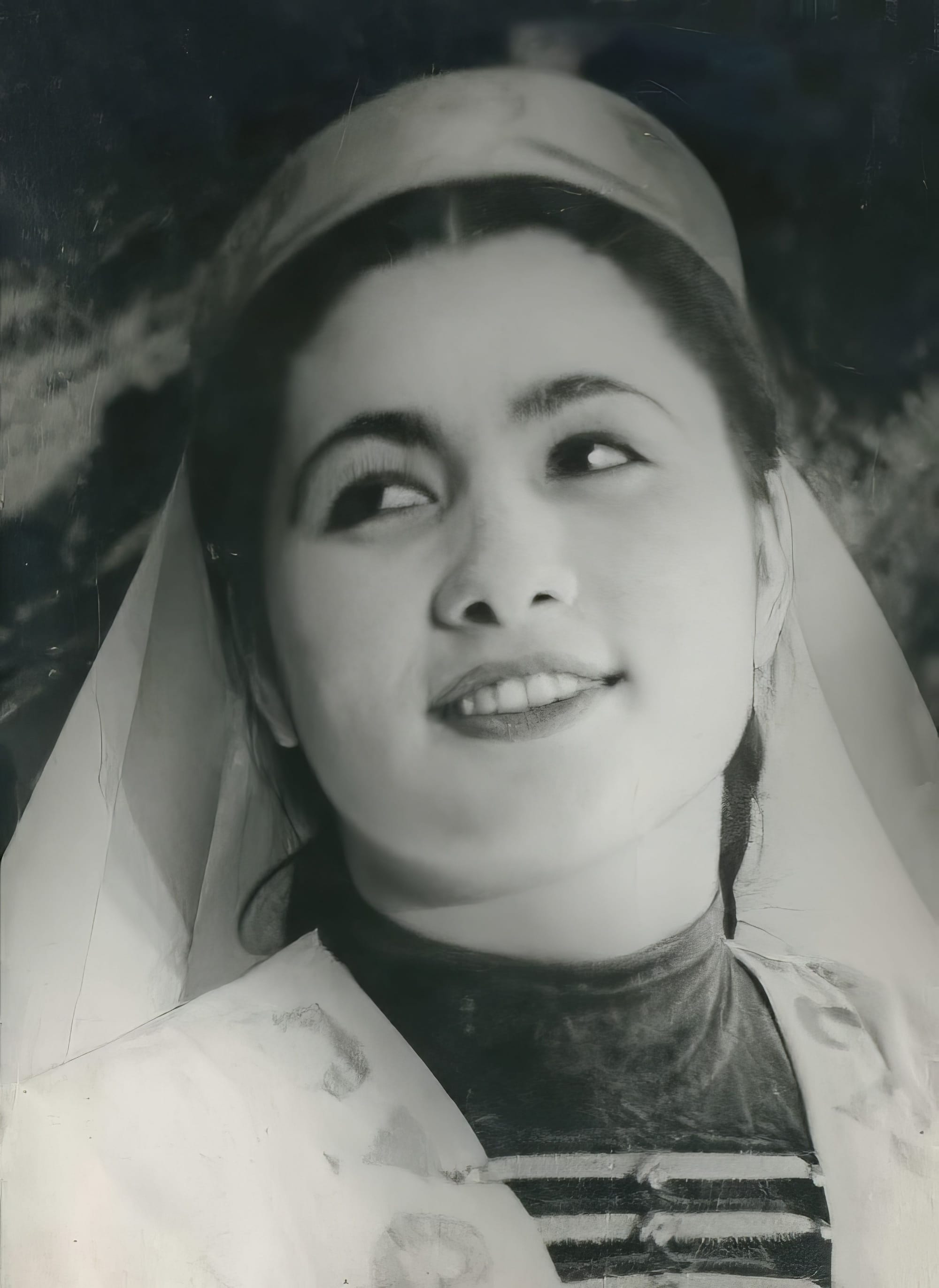
It seems that, ethnically speaking, you don’t belong to any of the peoples of the North Caucasus, and your Bandcamp registration lists St. Petersburg. What ethical peculiarities does this create for you, and how does it affect the perception of the label in the region?
I was born in Kamchatka, my father is from Perm, and my mum is from Petrozavodsk. Now I’m in St. Petersburg and my sister is in Moscow. The whole family is scattered around the world.
What do I have in common with the Caucasus? My parents first met here. I’m interested in the languages of the Caucasus, and I have friends in Kabardino-Balkaria, Karachay-Cherkessia and Ossetia.
I look at music and culture from the position of a researcher – and I have to be impartial (although how can you be impartial when you’re researching music you love?).
It’s important for me to approach the culture of other people and another time without prejudice and stereotypes. It’s important to start a dialogue as equals, not to look down on them. It’s important to avoid labels and clichés.
To do this, you need to dive as deep as possible. I write a lot about Circassian pop music because I understand the language (it’s difficult and there’s a lot to work on, but I’m trying). I’ve been to many places in Kabardino-Balkaria and Karachay-Cherkessia. When I immersed myself in Ossetian music, I also immersed myself in the language and tried to study everything in as much detail and depth as possible.
I don’t write much about Chechen and Dagestani music because I haven’t been to Dagestan or Chechnya and I don’t know the language. You can’t get a truly unbiased view here; you still have to rely on ideas imposed by someone else. Although I’d like to study the topic in more depth.
Maqame Dakhe is reminiscent of Western labels like Awesome Tapes From Africa, except that the North Caucasus is a blind spot for Western diggers and selectors. Do you think your label and the music you’ve taken up have the same media and financial potential?
Awesome Tapes from Africa is a model for me in some ways. I want to go my own way though. Maybe I’ve set a trend or caught one: I see that Звук М[3] ("Zvuk M") has started to release archival records. They released Khusen Maremukov and Umar Dimayev, and that’s good. Le Chant Du Monde’s label release with old Ossetian songs was recently released on streaming services.
There’s media potential, and we need to work with it somehow. How? I don’t know. I’m trying to figure this out myself.
We need to show a different Caucasus, without stereotypes.
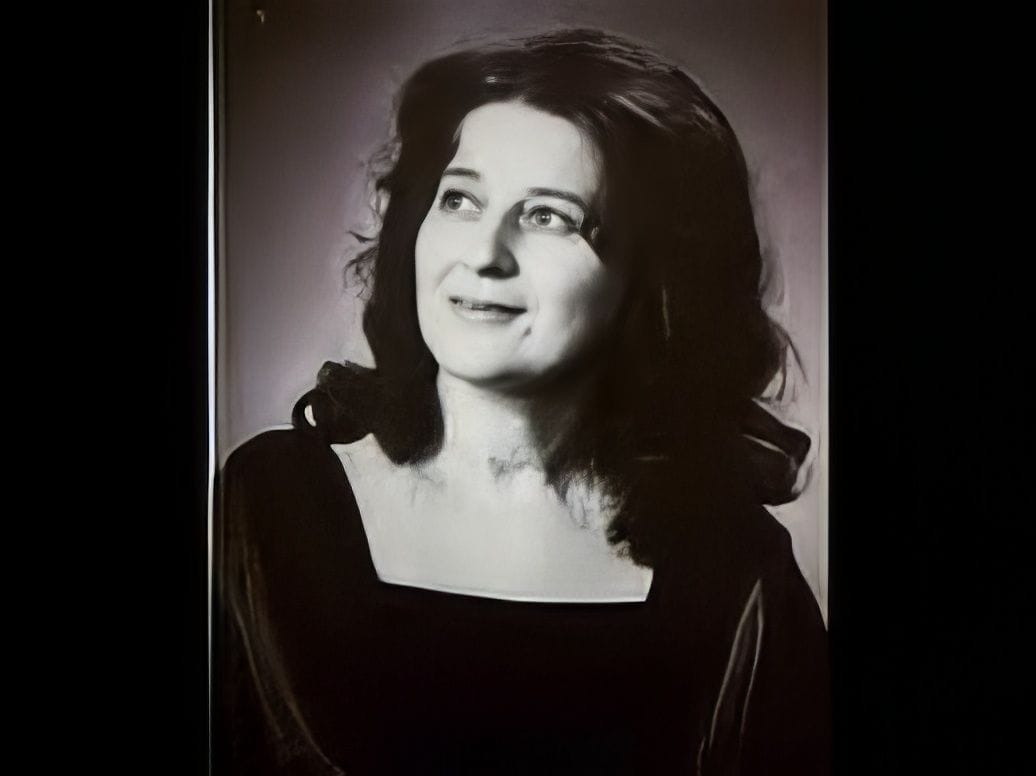
Pop and early jazz and rock music in the Caucasus is a culture that existed under the Soviet Union. What was the relationship of those musicians with the state and censorship? Were they all official VIAs, or was there an “underground” scene, too?
The relationship between the state and censorship is a very complicated topic. If you just analyse the content of old records, you can see the influence of the state’s cultural policy. There are necessarily songs about the homeland, on the military theme. These songs weren’t always blatant propaganda; there were some very talented artists among them. I love the Ossetian song “Kerchy bæstæ”, which is sincere and tragic. It’s sung on behalf of a guy who went to war and will never return home. More examples spring to mind.
Rock and jazz is a separate topic. I remember that Murad Kazhlaev[4] was criticised at the conservatory for his passion for jazz. But he wasn’t underground: he wrote music for films, released records, and developed a dialogue between Dagestan, Baku and Moscow musicians.
The rock bands that I know were not underground either, but they weren’t very visible in the information space: they played in DKs[5] and gave concerts in small halls… But they never released records. At best, they recorded something on regional radio stations. So a huge layer of culture disappeared. Not a single full-fledged album was left. We have to collect the records in bits and pieces, showing marvels of ingenuity. Alas, the quality of these records leaves much to be desired.
Did Estrada, early jazz, rock and pop music at that time take into account regional musical peculiarities, or was it to some extent a single stylistic monolith?
AY: I get the feeling that it was a stylistic monolith when listening to contemporary Caucasian music: the same rhythmic and melodic moves, the same stilted images. Many singers from different republics sing the same songs, and no one remembers who actually wrote and first sang them. “Dolalai”[6] (modern, turbo-folk version here), for example, which has been sung by many Caucasian singers. Or the Chechen song “Malika”, the story of which I learned after your Pankisi Ensemblе release. Then there’s “Elbrus the Beautiful”, which everyone sings, sometimes changing the lyrics. And the further you go, the more clichéd they become.
There was more variety in Soviet times. Yes, there was different music in different republics. Many Circassian authors developed traditional motifs: the same Umar Tkhabisimov consciously positioned himself as a 20th-century djeguako[7]. In Kabardino-Balkaria, there were interesting attempts to combine the national sound with the motifs of Soviet pop music of the 1960s – here we call to mind Irina Sherieva, Anatoly Otarov, Svetlana Bogatyzheva and Boris Kuzhev.
Ossetia had many interesting things with elements of jazz, rock and disco. The Abkhazian variety was so semi-acoustic and chamber. There were a lot of interesting performers who didn’t fall into any categories. There was a Chechen singer, Apti Dalhadov, who performed rhythmic dance pieces in his native language. The Balkarian singer Mahmud Tekuev had interesting jazzy compositions. There were interesting VIAs in Abkhazia – alas, almost none of their records have survived. “Memorial” in Tskhinvali in the late 1970s played hard rock.
Now, unfortunately, unified sound prevails. There have been some attempts to overcome this trend, and I’d like to see more of them.

Why do you think all this music has been all but forgotten? What was the breakdown?
The music was forgotten because the collapse of the USSR entailed the collapse of its distribution system. The branches of Melodiya closed down – the music of the Caucasus, for example, was often released on Tbilisi’s branch. Regional television and radio didn’t receive proper funding.
In the USSR, despite all the difficulties, Melodiya used to release some interesting non-commercial things – this applies to jazz, classics and folklore. But in the 90s, the show business machine started turning, and they started releasing things that would sell well. Often it was music oriented to resort and restaurant consumption – those notorious “Black Eyes”. Actually, this kind of production accounts for the lion’s share of Caucasian music on streaming services even now.
What are the label’s plans for the near future?
I want to release a selection by the Balkar singer Sergey Beppaev. I just need to solve the problem with the copyrights.
I really want to immerse myself in the music of Abkhazia – so far, I’ve been establishing contacts with enthusiasts who put all this on YouTube and VK. I hope to get in touch with the musicians themselves. It’s a difficult but fascinating job. I hope it works out.
Black Eyes was a hit song by Circassian singer Aidamir Mugu from the early 2000s. For many years this song became a trademark of the Caucasian pop scene. Its popularity and recognizability went beyond the region and became popular in wider Russia. Although more often it is associated with music from cafes and discos for tourists. ↩︎
Melodia is a major Soviet label that published music of all genres, from ethnography to classical, pop and rock music. ↩︎
Zvuk M is a modern major label that publishes most Caucasian pop singers. To some extent, Zvuk M is the label that produces the very same type of pop music that Andrei criticizes. ↩︎
Murad Kazhlaev is a cult composer of Dagestan. A pioneer of both regional ethno-jazz and its more pop variations. ↩︎
DK refers to Дом культуры (Dom Kultury, House of Culture) - a common name for cultural houses in the former Soviet Union.
After the collapse of the Soviet system of cultural support, DKs began to be associated with official art, which exists more formally and out of local habits. ↩︎The song's music was composed by Kazhlayev, and the verses were written by Avar poet Rasul Gamzatov. ↩︎
In Circassian tradition, djeguako is a storyteller and professional musician, similar to European minstrels. ↩︎
This article is brought to you by 3/4 as part of the EM GUIDE project – an initiative dedicated to empowering independent music magazines and strengthening the underground music scene in Europe. Read more about the project at emgui.de.
Funded by the European Union. Views and opinions expressed are, however, those of the author(s) only and do not necessarily reflect those of the European Union (EU) or the European Education and Culture Executive Agency (EACEA). Neither the EU nor EACEA can be held responsible for them.


